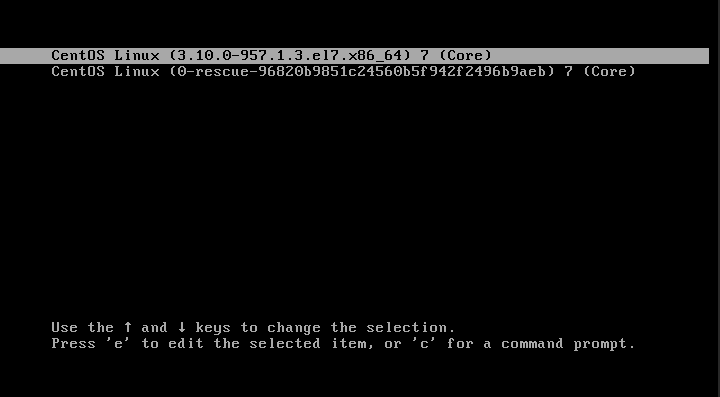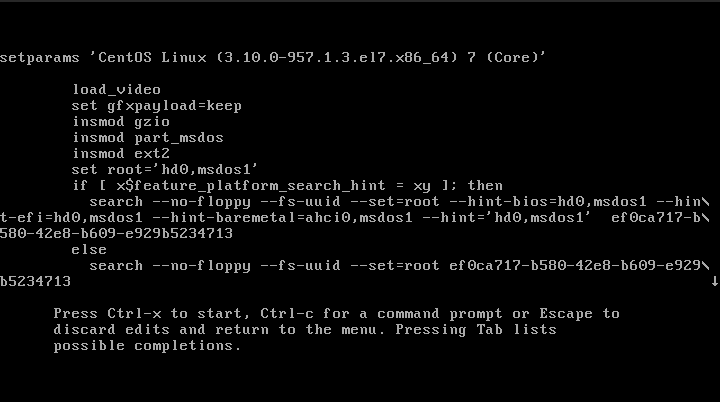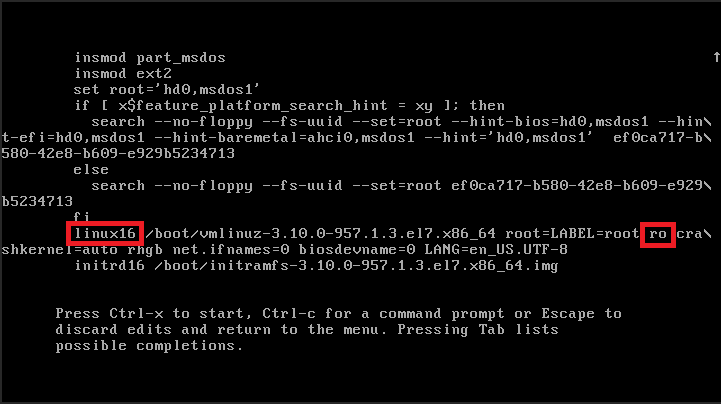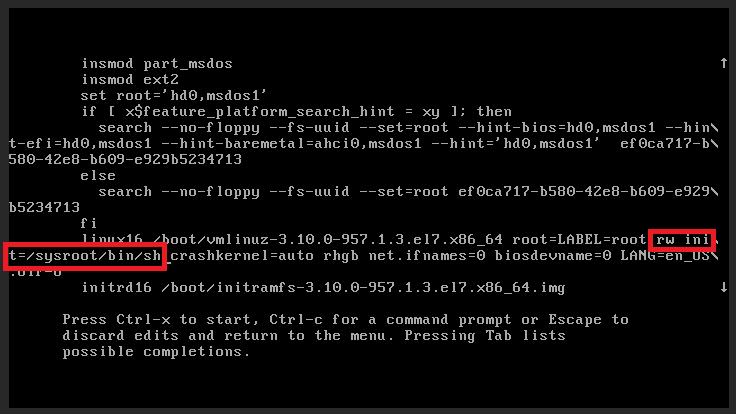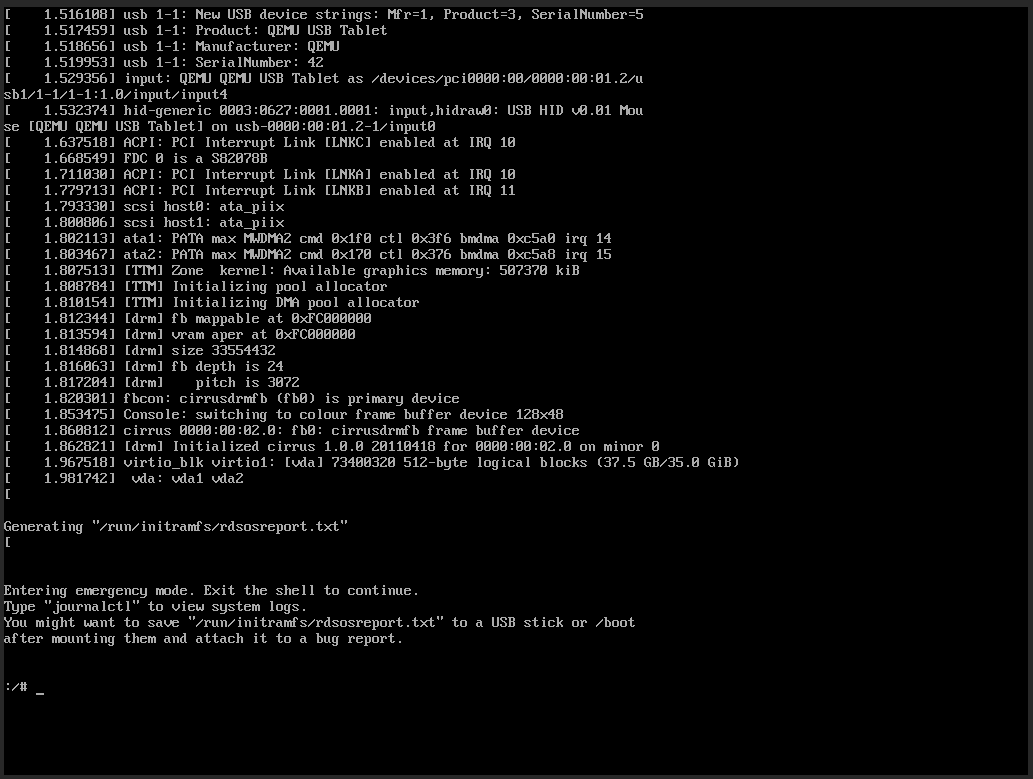For example, you manage a high traffic website, that utilizes an abstraction layer like an ORM to manage MySQL queries. Now, as a DevOps/System Admin, it becomes difficult for you to get a stat of which MySQL query being overused in the scenario. For these cases, one way, you may get some idea on what being overused, is called ‘MySQL General Logs’. Remember, it is very much different than the MySQL Slow Query Logging. It is not essential to have a slow query in the system to determine if your mysql is boggling. It is very much possible, there are queries, that take very small amount of time, but starves your CPU by executing many times and performs the same operation. Once you are able to identify them, you may utilize any Hashmap based caching strategy like Memcache or Redis or Simple file cache to reduce your load down on MySQL instance or cluster.
First, we create a query logging file and set the right permission:
touch /var/log/mysql_query.log chown mysql:mysql /var/log/mysql_query.log
Once the file creation is done, now we can enable general log either by using mysql shell, if you would like to avoid restarting your mysql instance or in my.cnf file to keep the change permanent. A point to note, you should not do query logging all the time, as it decreases MySQL performance by 15-25%, which might hurt your overall production performance, plus the size of log will cumulatively increase if you have a server that performs over a thousand or more queries per second.
# Type in your shell prompt mysql # this will open your mysql shell, you may run mysql commands as below: mysql > SET global general_log = 1; mysql > SET global log_output = '/var/log/mysql_query.log';
This should immediately advise mysql to push the logs to /var/log/mysql_query.log.
Now, if you observe the file, you may see the queries are coming up so quickly that you may hardly find anything out from it. The file has no output until you aggregate the result. If you have a large file, a better way to aggregate result by using Lotstash and Elasticsearch. We won’t do that here, that would be a topic for another blog post. We would instead use, some basic shell aggregation to see if we can determine anything useful from this. You may use the following tool, that list the last 10000 lines, then sort, and group the unique lines with the count and order by ascending to put the most frequent query at the end of the line:
tail -10000 /var/log/mysql_query.log | sort | uniq -c | sort -n
This will help you by giving the top most used query in last 10K queries. If the number is more than 5%, you need to pay attention to that. If it is the same query, that means, you may use a Hashmap based caching technique to reduce database boggling and improve performance.
Hope this helps.
